Have you ever heard of or been fascinated by cork leather? Trust me when I say it’s a fantastic material. And it is the ultimate choice of leather for many people.
Cork leather is one of the unique and eco-friendly types of leather that is gaining popularity in fashion and lifestyle products. Known for its sustainability and durability, cork leather is used in items such as jackets, bags, and wallets. This blog will explore everything you need to know about cork leather, including its production, benefits, and uses, as well as how to care for it.
Cork leather is often considered a sustainable alternative to traditional leather. With its natural origin, cork leather offers a cruelty-free option that maintains the aesthetic and durability of real leather. In this article, we’ll dive into its characteristics, how it’s made, and why it is a desirable choice for eco-conscious consumers.
What is Cork Leather?
Cork leather is a material made by processing cork bark. It’s known for being lightweight, durable, and sustainable. Cork leather is frequently used for a variety of products, including bags, wallets, jackets, and accessories. But what exactly is cork leather made of? The process of turning cork into leather-like material involves a careful combination of natural resources and craftsmanship.
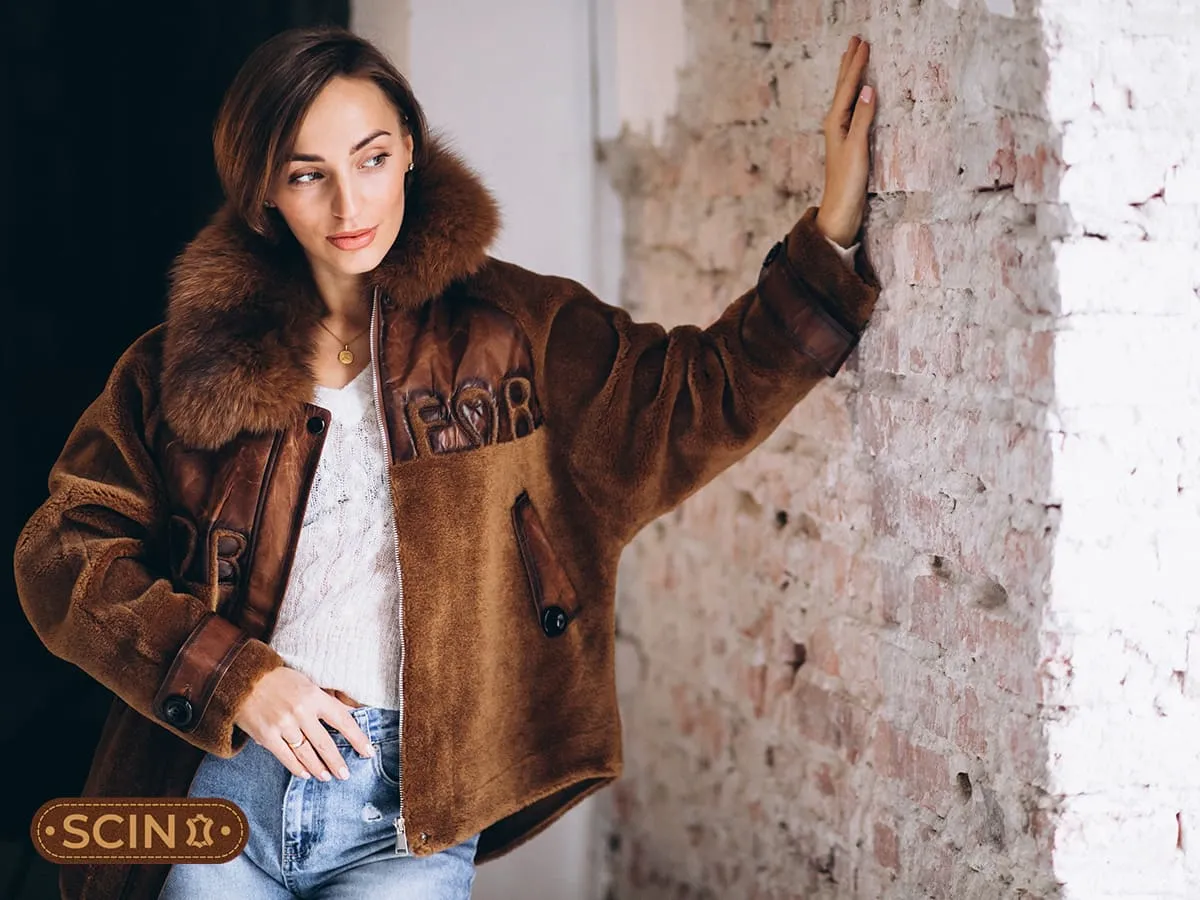
Is Cork Durable?
Yes, cork leather is surprisingly durable. It is resistant to wear and tear, making it a great material for everyday products like men’s leather jackets and women’s leather jackets. The unique structure of cork, which contains air pockets, gives it resilience and strength, allowing it to hold up over time, even in high-traffic areas. Additionally, cork leather is water-resistant, which further enhances its durability in various conditions.

How Long Does Cork Leather Last?
Cork leather can last for many years with proper care. It’s durable and resistant to damage, maintaining its integrity even after prolonged use. Typically, cork leather items like leather wallets or leather jackets can last as long as traditional leather if maintained well. By protecting it from extreme conditions like excessive heat along with regularly cleaning and conditioning it, you can effectively enhance the life of your cork leather.
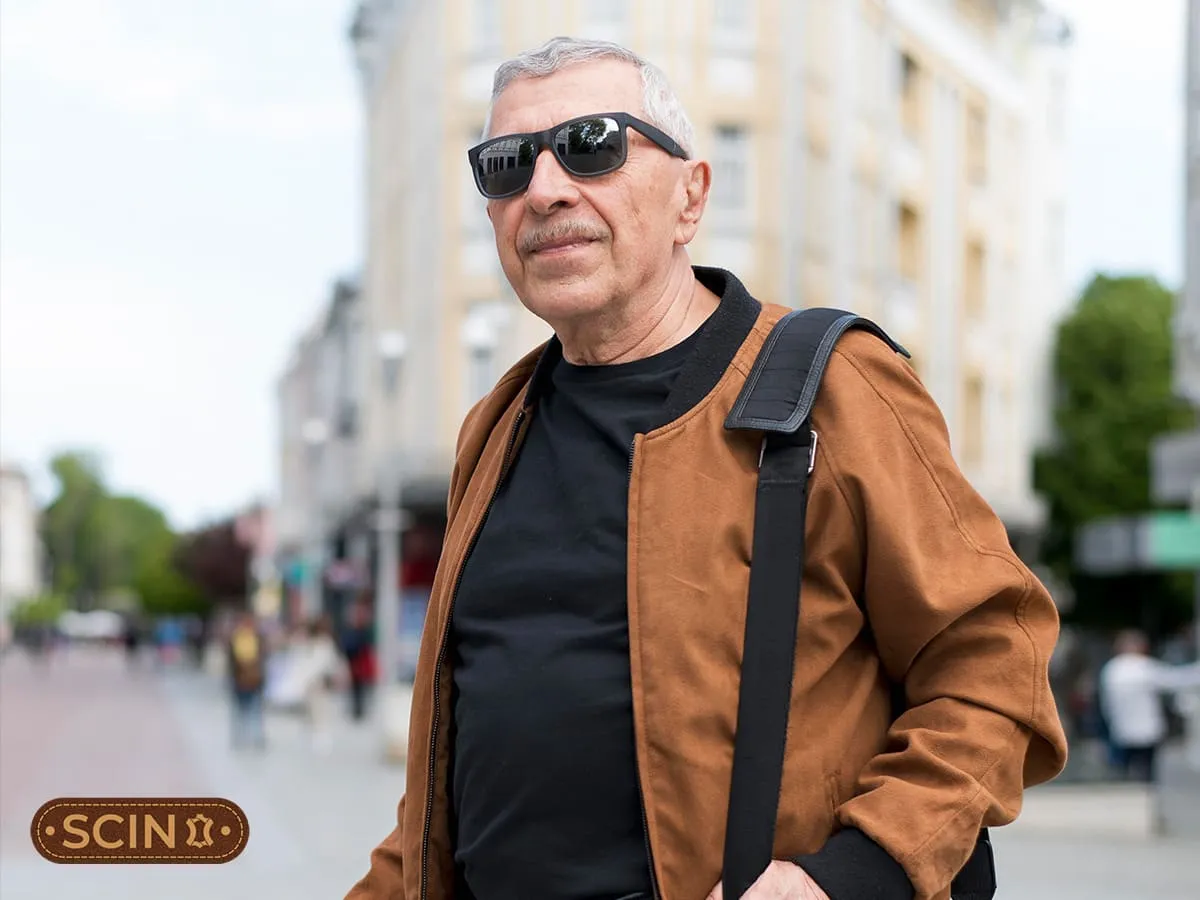
What is Cork Leather Made of?
Cork leather is made from the bark of cork oak trees, which are harvested without harming the tree. The process of making cork leather involves removing the bark, processing it, and turning it into a fabric-like material. This process creates a material that is light, flexible, and eco-friendly. Here is the whole process of how cork is made, from harvesting to elegantly finished leather.
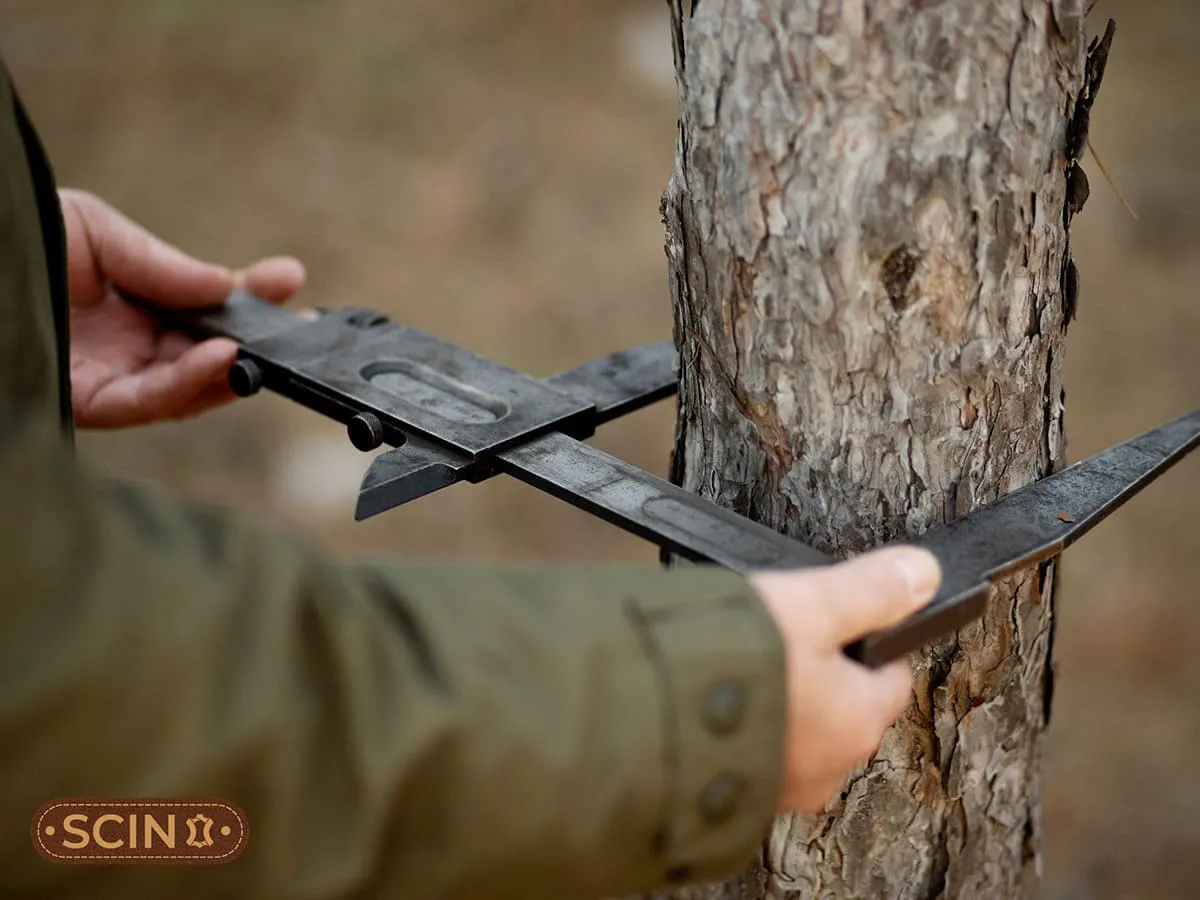
Harvesting the Cork Bark
Cork is harvested by stripping the outer bark of cork oak trees, typically in regions like Portugal and Spain. The process is done manually and is sustainable because cork oak trees regenerate their bark every 9-12 years. This makes sure a renewable resource without harming the tree or the environment. The careful, manual harvesting process makes sure that the tree remains healthy and continues to thrive on for good quality cork leather.

Debarking and Splicing the Cork
After harvesting, the cork bark is carefully debarked and then spliced into smaller sections. This step helps separate the usable cork from the non-useful parts. The spliced cork is then processed further to create the thin, flexible sheets that will eventually become cork leather. The debarking process is done with minimal impact on the tree, allowing it to continue growing and producing cork for future harvests.
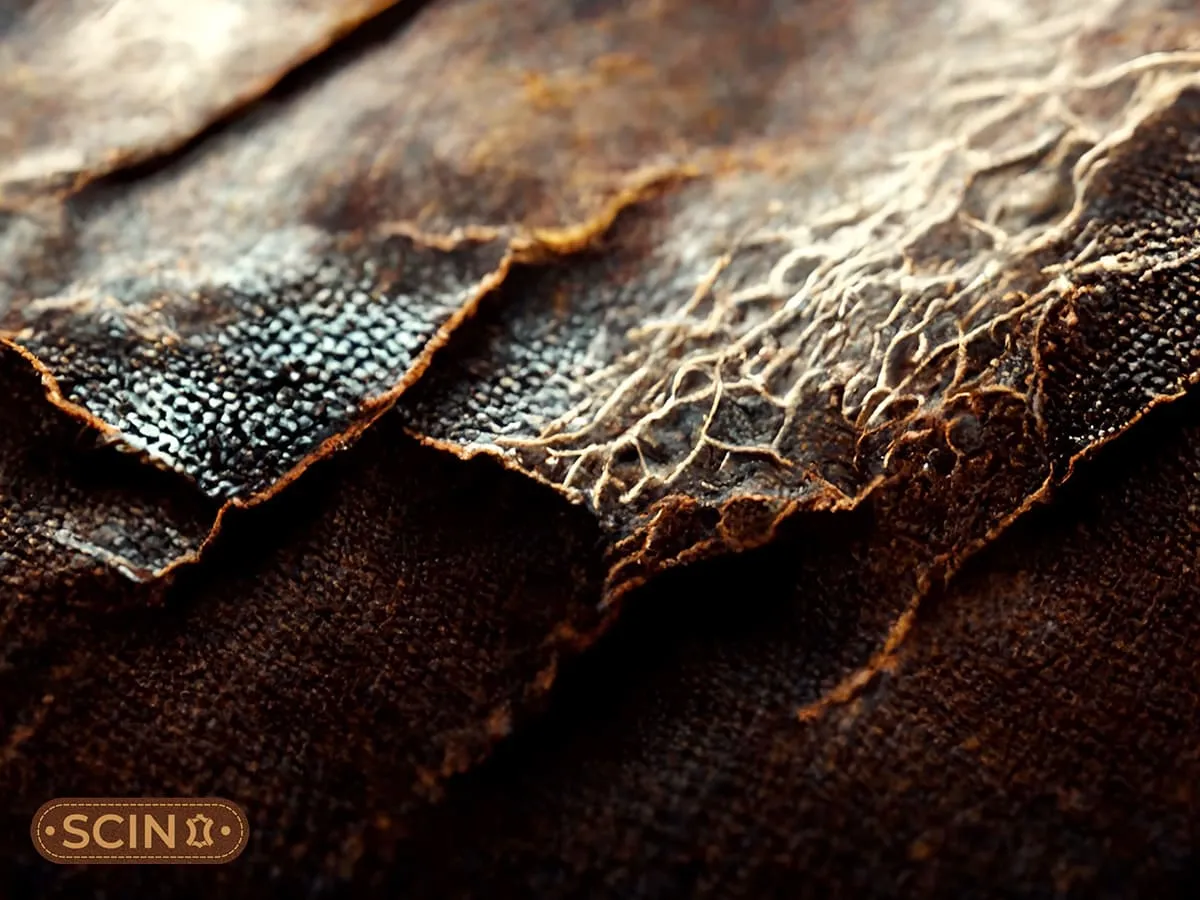
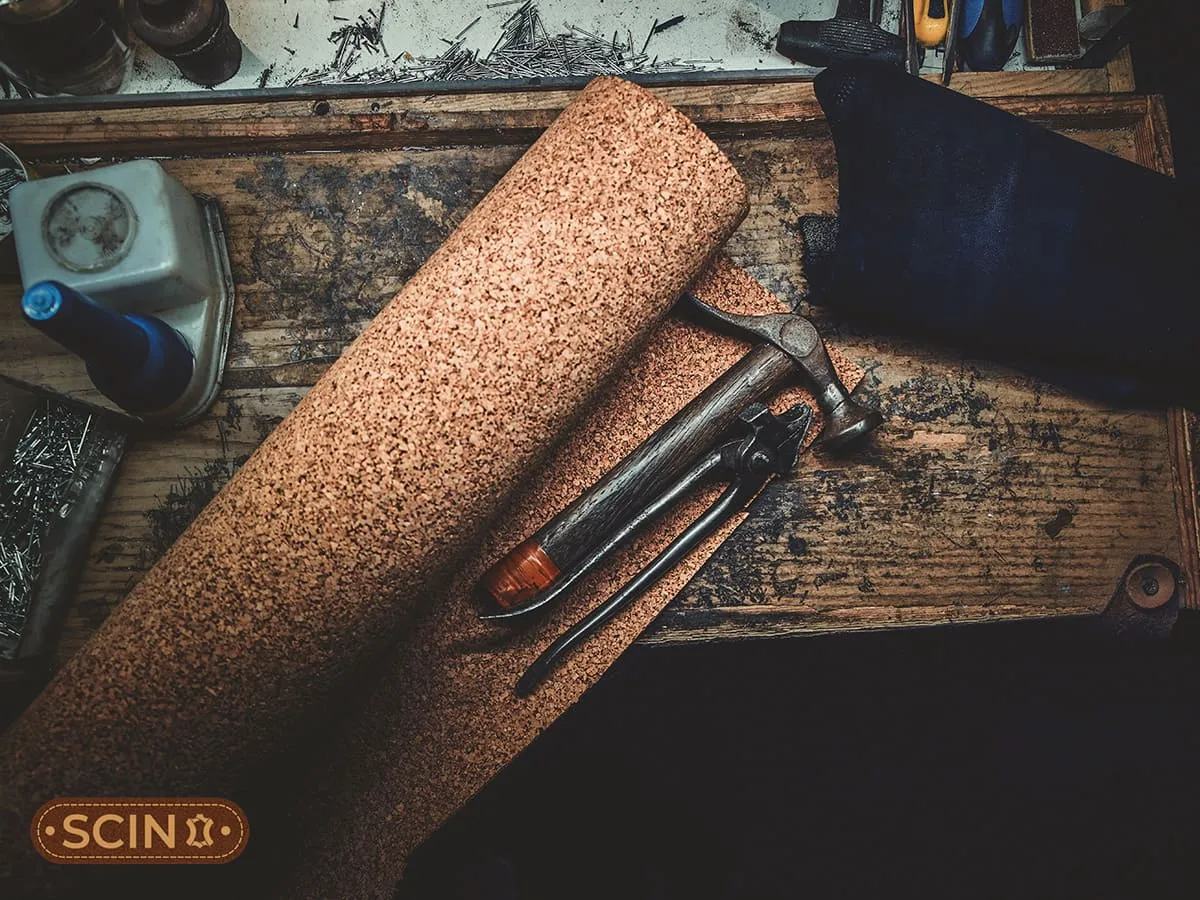
Cutting and Flattening the Cork
The cork sections are cut into sheets and flattened to create uniform layers. This process makes sure that the cork can be easily worked into leather-like material. Flattening the cork makes it suitable for various applications, such as clothing and accessories. Cutting and flattening the cork also helps to eliminate any irregularities, making sure that the final look of cork leather has a smooth and consistent texture.

Bonding of the Cork Layers
To make cork leather, the flattened cork sheets are bonded together, similar to the process use in bonded leather, using a special adhesive. This process makes sure that the layers remain securely attached and that the final material maintains its strength and flexibility. The bonding process is an essential step in creating durable cork leather that is suitable for long-term use.
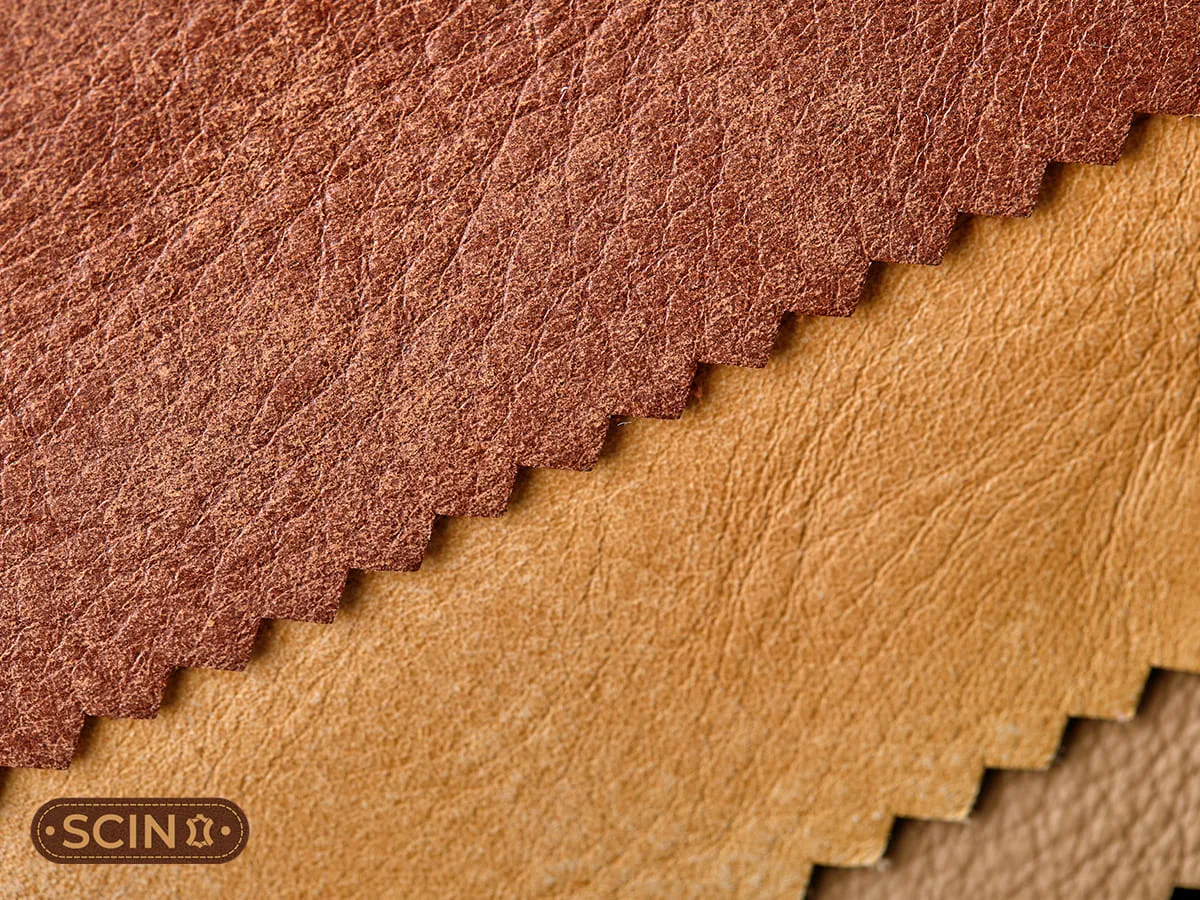
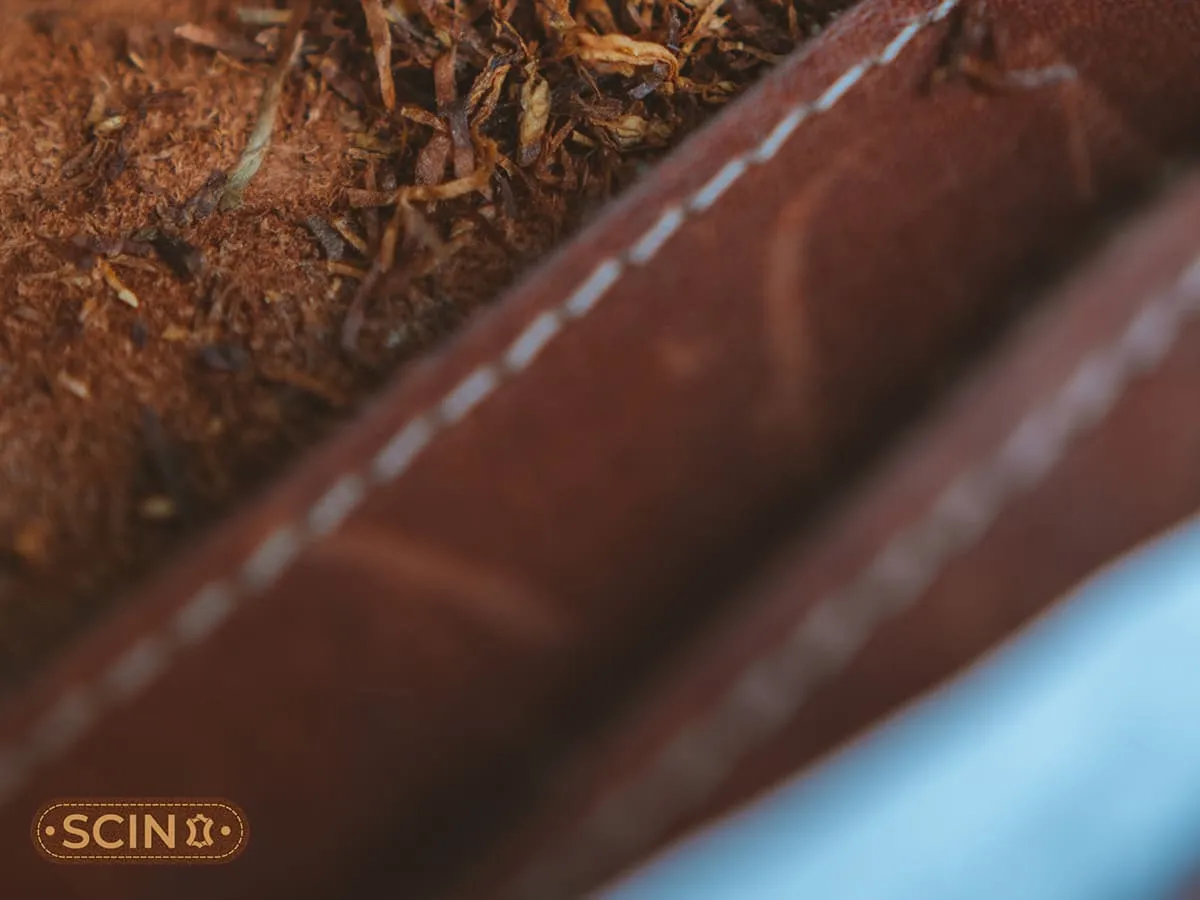
Finishing the Cork Leather
Once bonded, the cork leather undergoes a finishing process that gives it its final texture and appearance. This can involve techniques like embossing, polishing, and dyeing. The final cork leather product can resemble traditional leather in both look and feel. The finishing process allows cork leather to be customized with various textures and patterns, making each piece unique. Unlike different types of leather finishes, cork leather can achieve a similar luxurious appearance while remaining eco-friendly and lightweight.

Where to Buy Cork Leather
If you’re looking to purchase high-quality cork leather products, SCIN is a trusted brand known for its real leather and cork leather jackets and leather accessories. SCIN offers a range of leather products, like men’s leather jackets or women’s leather jackets and leather wallets etc. made from sustainable cork leather or faux leather, providing you with a stylish, eco-friendly alternative to real leather goods.
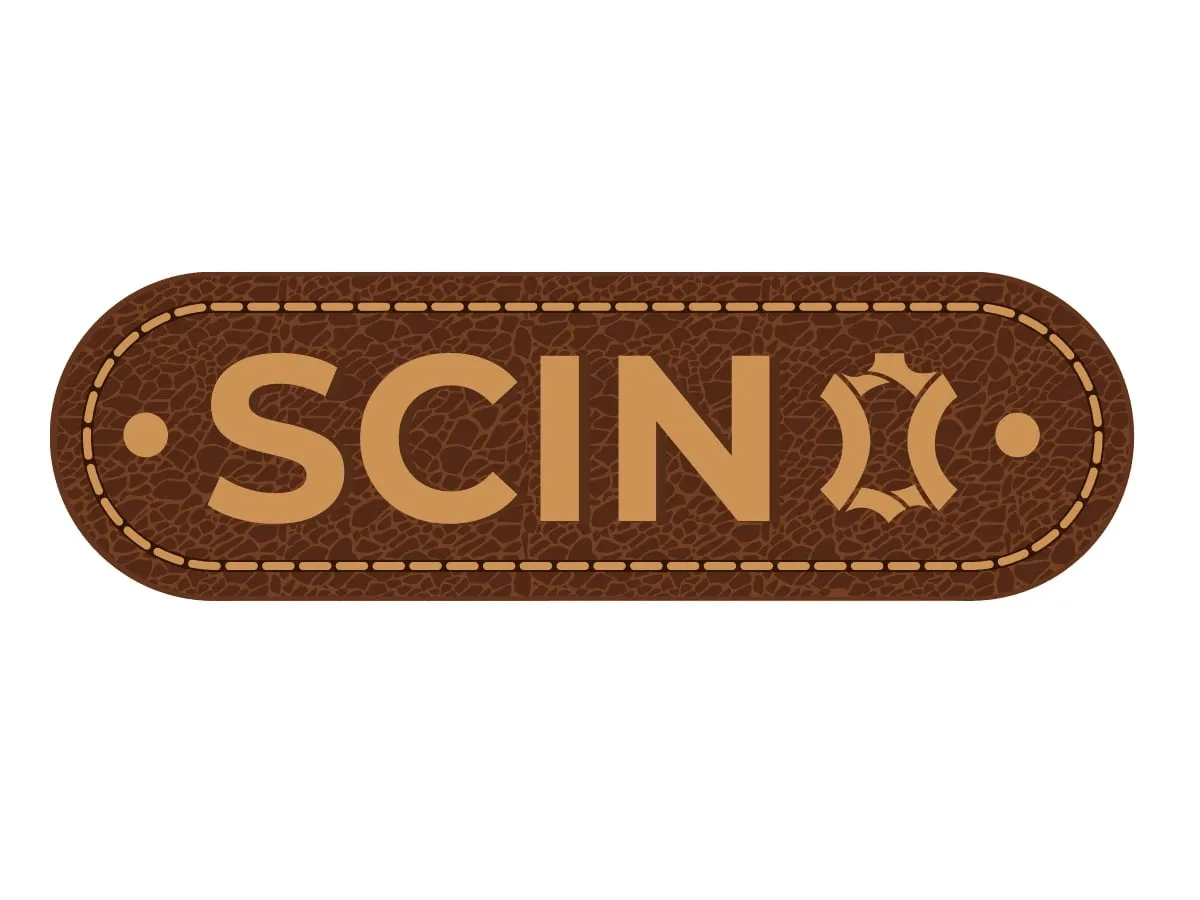
What Are the Benefits of Cork Leather?
Cork leather offers several advantages, particularly for those seeking sustainable and eco-friendly materials. From its lightweight nature to its versatility, b is becoming a preferred choice for fashion-forward individuals. It also offers the durability and aesthetics of real leather, but with a reduced environmental impact.

Light and Comfortable
Cork leather is lightweight, making it an ideal material for clothing and accessories. It’s comfortable to wear and carry, which is why cork leather jackets and cork leather bags are popular choices. The lightness of cork leather does not compromise its durability, allowing for easy use in everyday items.

Versatile Applications
Cork leather is highly versatile and can be used in a variety of products. From cork leather jackets to cork leather accessories, this material offers both style and functionality. Its flexibility makes it a great alternative to traditional leather in items like shoes, bags, and jackets.
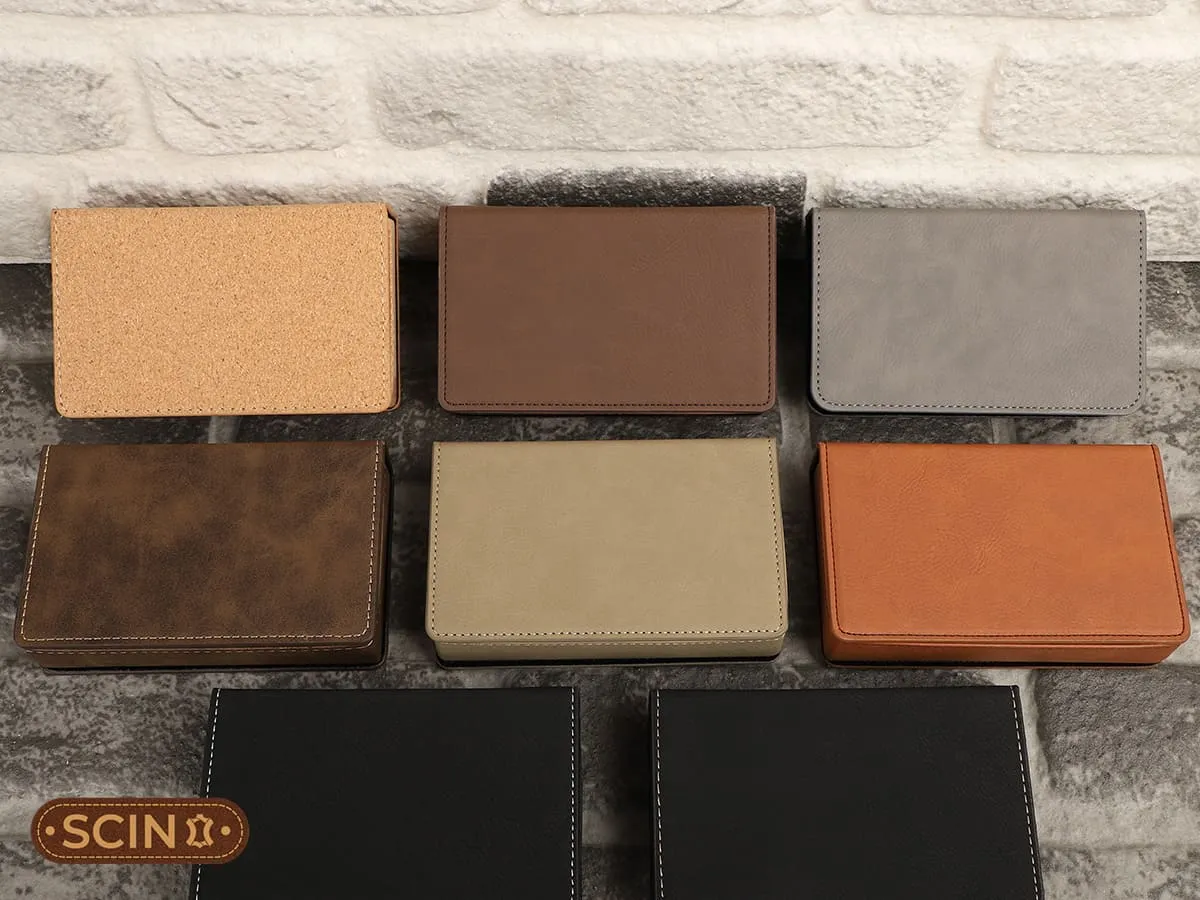
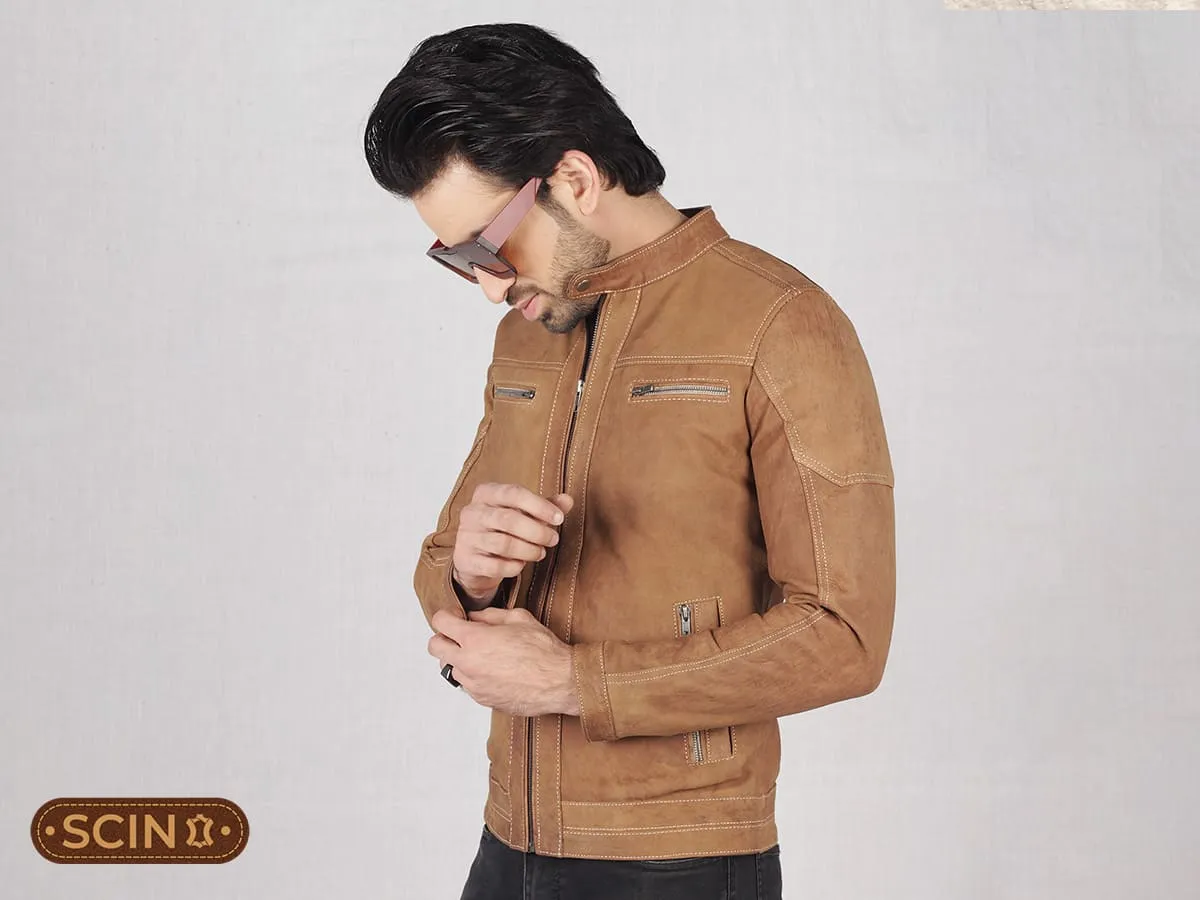
Easy to Clean
Cork leather is relatively easy to maintain. It can be wiped clean with a damp cloth, making it a low-maintenance option compared to traditional leather. This feature adds to the appeal of cork leather jackets and cork leather bags, as they are both practical and stylish.

Natural Beauty
One of the standout features of cork leather is its natural beauty. The texture and pattern of cork give each item a unique look. Whether it’s a cork leather wallet or a jacket, the natural appearance of cork leather adds an earthy, sophisticated touch to any outfit.

Environmental Benefits of Cork Leather
Cork leather is an environmentally friendly material. It’s biodegradable, renewable, and produced using sustainable methods. By choosing cork leather, consumers can reduce their environmental footprint while still enjoying the benefits of durable and stylish products. Cork leather also requires minimal water and energy to produce compared to different types of leather, making it a more sustainable choice. Additionally, its production generates less waste, further reducing its impact on the environment.